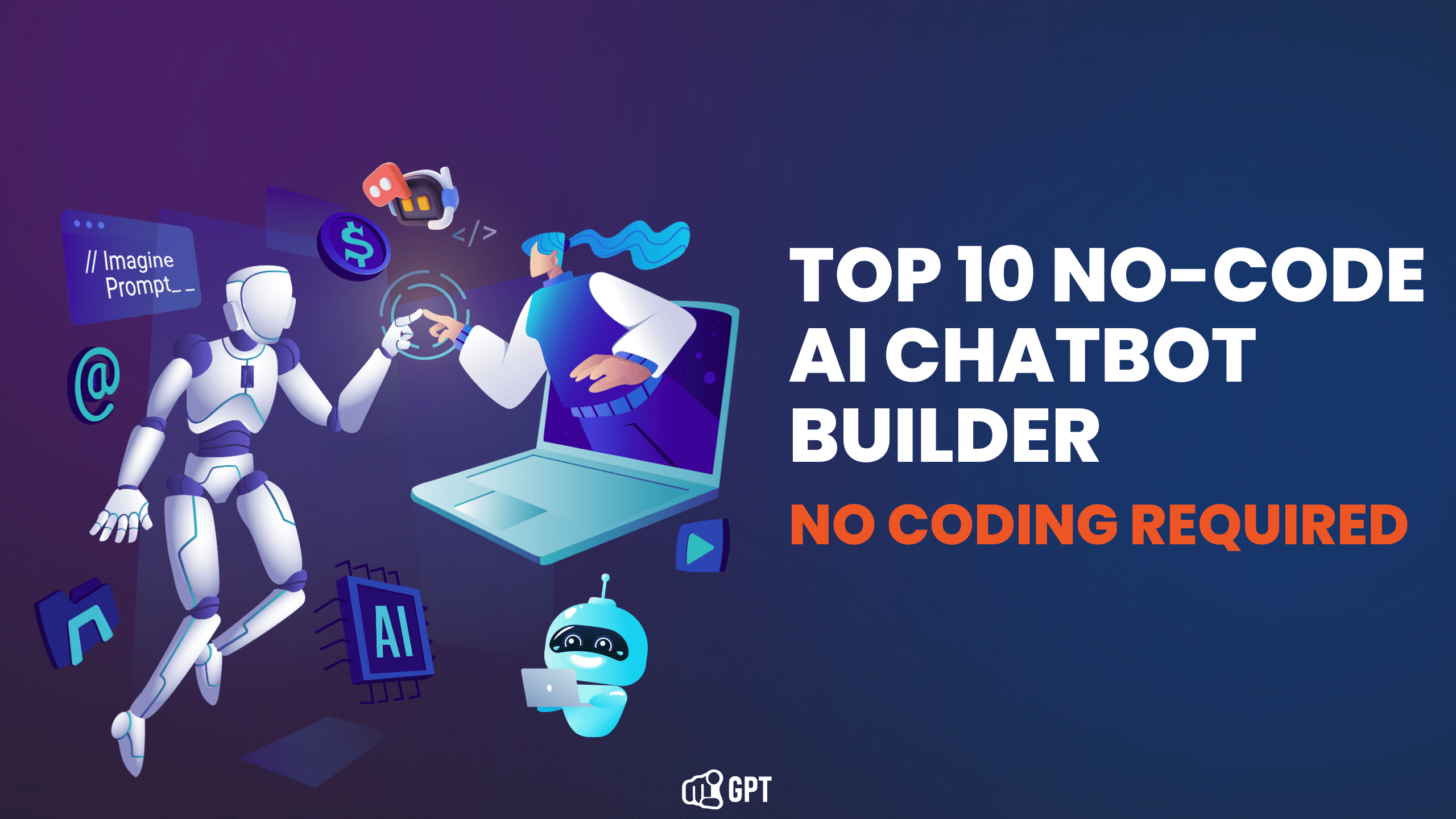Boost Interaction and Effectiveness Utilizing AI Chatbots
As companies increasingly look for cutting-edge remedies to enhance functional performance and customer engagement, AI chatbots arise as a crucial device in this transformation. The execution of AI chatbots is not without its challenges and subtleties.
Understanding AI Chatbots
AI chatbots have transformed the means companies engage with their customers, offering 24/7 assistance and engagement at range. These advanced software application applications make use of natural language handling (NLP) and artificial intelligence formulas to simulate human discussions, making them efficient in understanding and reacting to customer queries in genuine time.
The design of AI chatbots commonly includes an interface, a backend processing system, and a data base. The interface allows clients to input inquiries by means of text or voice, while the backend processes these inputs, using NLP to decode intent and context. The understanding base is a database of details that the chatbot can attract from to offer precise actions.
AI chatbots can be identified into two key categories: rule-based and AI-driven. Rule-based chatbots adhere to predefined manuscripts and are restricted in their conversational capabilities, while AI-driven chatbots leverage maker finding out to boost their communications with time, allowing them to take care of extra complicated inquiries.
Integrating AI chatbots right into customer care strategies not just boosts functional performance but additionally promotes enhanced customer experiences with timely and customized interactions.
Advantages of AI Chatbots
The combination of chatbots into customer care structures uses many advantages that can significantly boost organizational performance. One of the key advantages is the capability to give 24/7 assistance, guaranteeing that client questions are attended to without delay, regardless of time areas or working hours. This continuous accessibility fosters a greater level of client complete satisfaction and retention.
Additionally, AI chatbots simplify procedures by automating repeated jobs and handling a large quantity of inquiries simultaneously. This effectiveness not just decreases the workload on human agents however also enables them to focus on more complicated concerns that call for a personal touch. As a result, companies can attain much better source allotment and enhanced performance.
Additionally, chatbots can assess customer communications and gather useful information, allowing organizations to acquire insights into client preferences and behavior. This information can notify advertising and marketing strategies, item development, and overall solution improvement.
Applying AI Chatbots Efficiently
Effectively implementing AI chatbots needs cautious preparation and method. Organizations has to initially identify details objectives for the chatbot, such as enhancing customer care, enhancing procedures, or giving immediate assistance. A complete understanding of the target market is vital, enabling companies to tailor the chatbot's tone, language, and performance to fulfill individual expectations.
Next, picking the best platform click reference and technology is critical. Organizations must examine different chatbot frameworks, taking into consideration factors such as integration capabilities, scalability, and simplicity of usage. top 10 ai chatbots. In addition, ensuring that the chatbot can seamlessly incorporate with existing systems will enhance general performance
Creating an user-friendly user experience is vital for reliable involvement. This consists of creating conversational circulations that prepare for individual requirements and giving clear triggers for interaction. Routinely upgrading the site here chatbot's data base and incorporating feedback systems will better fine-tune its efficiency.

Measuring Engagement and Effectiveness
Examining the effectiveness of AI chatbots is important for recognizing their effect on engagement and functional effectiveness. Organizations has to establish vital performance signs (KPIs) customized to their certain goals. Usual metrics include customer communication prices, response times, and resolution prices, which collectively give insight into just how well the chatbot satisfies customer demands.
Engagement can be measured via metrics such as customer retention, the regularity of communications, and comments scores. Assessing conversation logs can disclose patterns in individual queries and recognize areas for improvement. Additionally, evaluating user fulfillment with studies can give qualitative insights right into the chatbot's performance.
On the functional effectiveness front, metrics like the reduction in human agent workload and the average expense per interaction can highlight the chatbot's contribution to resource optimization. Tracking the time taken to resolve questions can help pinpoint bottlenecks in the procedure.
Regularly reviewing these metrics allows companies to make data-driven choices, improving chatbot performance and individual experience. By continuously measuring interaction and efficiency, services can adjust their approaches to take full advantage of the benefits of AI chatbots, guaranteeing they remain a valuable property in customer interactions.
Future Trends in AI Chatbots
.jpg)
One more trend is the consolidation of equipment knowing formulas that enable chatbots to pick up from past communications and constantly boost their responses. This flexible learning process will certainly make it possible for chatbots to deal with intricate queries and supply customized services with time.
In addition, the increase of multichannel release will see chatbots operating flawlessly throughout various platforms, such as social media sites, websites, and mobile applications. This omnichannel visibility guarantees that companies can involve customers any place they are, enhancing availability and customer experience.
Lastly, a concentrate on honest AI concepts will shape the growth of chatbots, emphasizing transparency, information personal privacy, and bias reduction. As these fads develop, organizations can expect AI chatbots to become a lot more indispensable to their involvement and performance strategies, driving considerable renovations in client communication and functional performance.
Conclusion
Finally, AI chatbots stand for a transformative pressure in enhancing involvement and performance within various markets. By offering 24/7 support and automating routine jobs, these advanced tools not only decrease operational expenses yet additionally enhance customer complete satisfaction and retention (top 10 ai chatbots). The insights acquired from customer interactions permit individualized experiences, cultivating more powerful customer relationships. As modern technology remains to progress, the capacity for AI chatbots to drive company outcomes and enhance procedures will just boost, shaping the future of customer care.